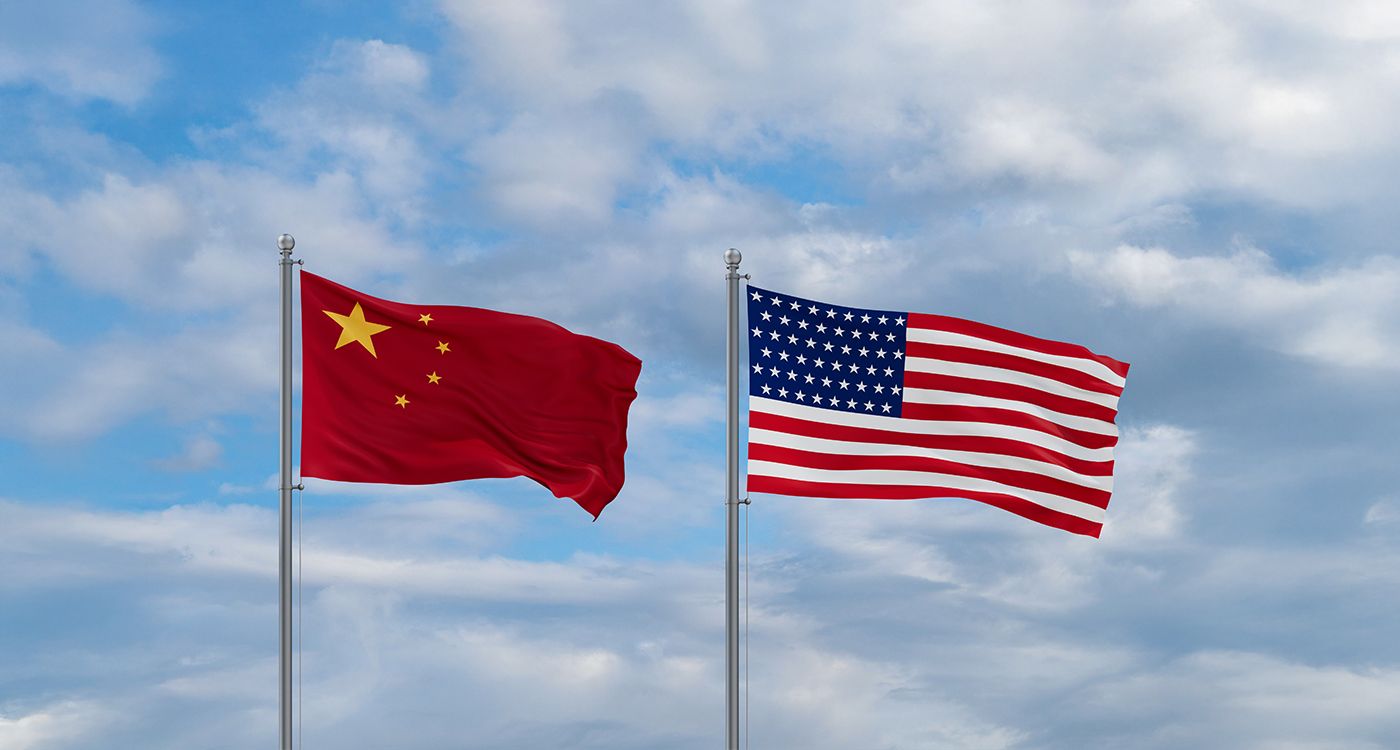
The Trump administration has suspended USAID, freezing billions of dollars in funding and humanitarian aid. The United States could offer China a real opportunity to expand its influence, particularly in Africa, Latin America and Asia — regions where American aid has always been essential.
Since taking office on January 20, President Donald Trump has suspended foreign humanitarian aid through the United States Agency for International Development (USAID). This could allow China to expand its influence and amplify its initiatives through low-interest loans and development funds.
Beijing has adopted an active aid policy to support many countries, especially developing ones, as part of its economic and diplomatic initiatives. Chinese development aid aims primarily to strengthen diplomatic and economic relations with developing countries. It focuses on infrastructure, poverty reduction, food security, health, education and energy transition, while also facilitating access for Chinese businesses to foreign resources and markets.
Varied Programs
Chinese development aid programs are significant and cover sectors as diverse as infrastructure, health, education, economic initiatives, irrigation projects, rural development, agricultural modernization, research partnerships and investments in rural infrastructure.
The new Silk Roads aim to develop infrastructure and boost trade. This involves the construction of roads, railways, ports, power plants and digital infrastructure specifically.
A major portion of Chinese aid is also directed towards energy projects, particularly in African and Asian countries, which includes investments in renewable energy and traditional energy infrastructure projects. China also plays a key role in the energy transition of certain countries by providing technologies and participating in green energy projects.
In the health sector, China has financed the construction of several hospitals, especially in Africa and Asia. Moreover, Beijing grants subsidized loans, donations and technical assistance for projects across various sectors, not to mention the military training and assistance provided to certain countries.
China primarily provides development aid in the form of subsidized loans and direct investments. Unlike traditional institutions such as the World Bank, Chinese loans are often not subject to the same strict conditions regarding human rights or governance. As a result, these loans can be more accessible for countries that do not have access to international financing.
China is one of the largest donors in the world, with significant annual investments in developing countries. In 2023, it provided approximately $6.3 billion in official development assistance, according to some estimates. This figure includes loans, grants and direct investments in various projects.
Beijing has a golden opportunity to extend its influence. However, with the risks of indebtedness, political resistance and potential American backlash, its rise may face challenges, such as the lack of transparency. These projects can also lead to excessive financial dependency for recipient countries, particularly due to the high interest rates associated with certain loans. For example, Sri Lanka had to cede control of its Hambantota port after facing difficulties repaying its debts.




Comments